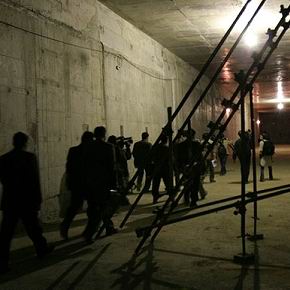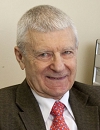 |
||
|
India to Induct Russian Nerpa Nuclear Sub on Wed. RIA Novosti, PUBLISHED April 04, 2012 The Indian Navy will officially induct Russia’s K-152 Nerpa nuclear-powered attack submarine during a solemn ceremony on Wednesday, an unnamed source in the Indian Defense Ministry told RIA Novosti. Other news: Bulgaria Abandons Belene Nuclear Plant A natural gas power plant will be built on the site instead. Belarus Ready to Build Second Nuclear Plant If we have your cooperation, support and suitable conditions, we are ready to build a second nuclear power station in Belarus. Nations to Minimize Weapons-Grade Uranium Use - Communique It also urges tougher measures to keep loose fissile materials out of the wrong hands. |
Hero of the day 
Iran views of its nuclear issue It is difficult to say what will happen next, especially since the international community is split into two opposing camps on this issue. This article will analyze both of them, also taking into account the situation in Tehran. INTERVIEW
Georgy Toshinsky OPINION
Konstantin Bogdanov |

